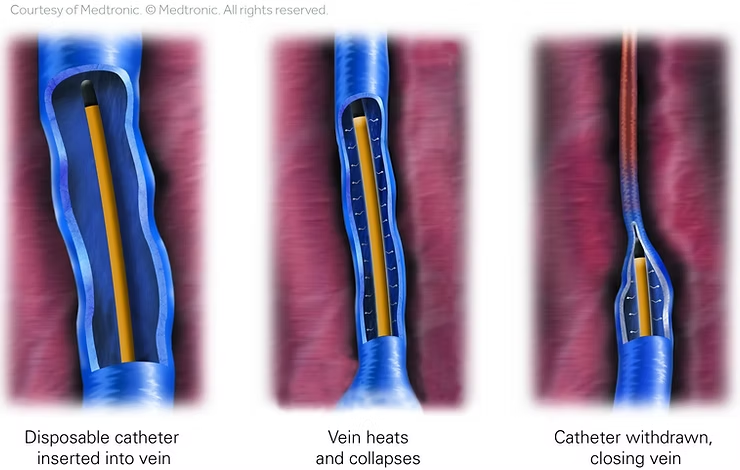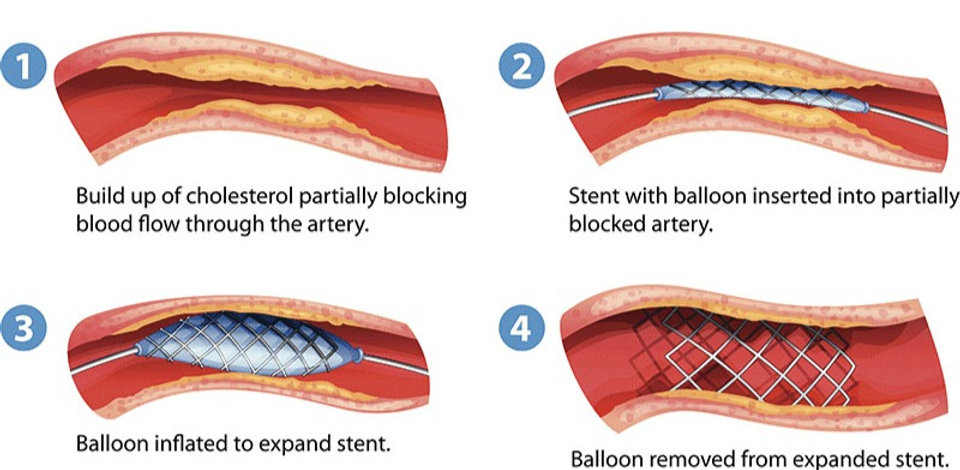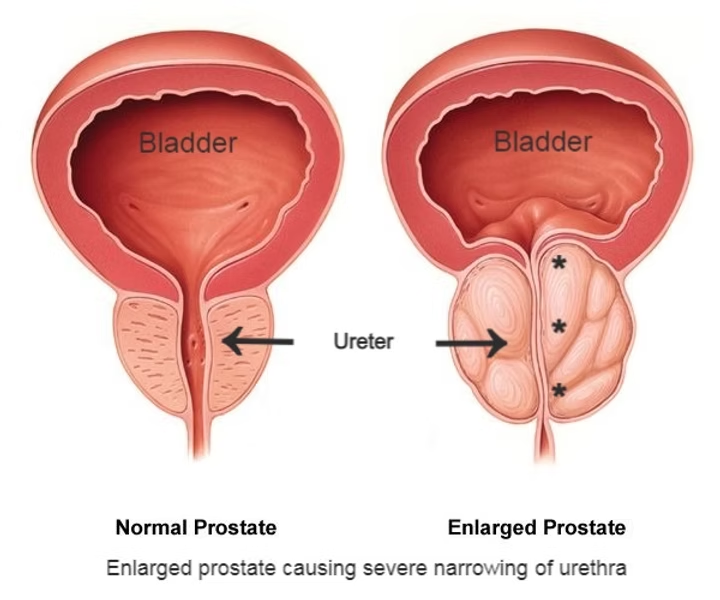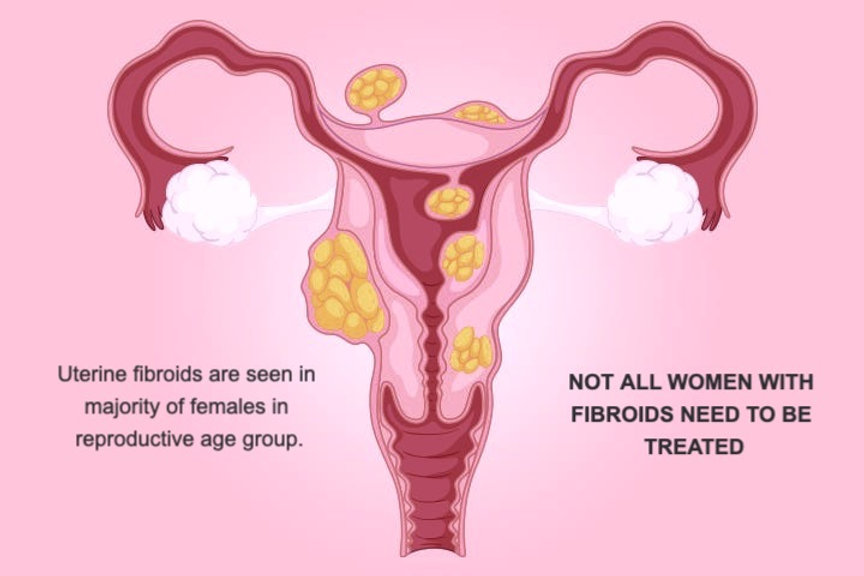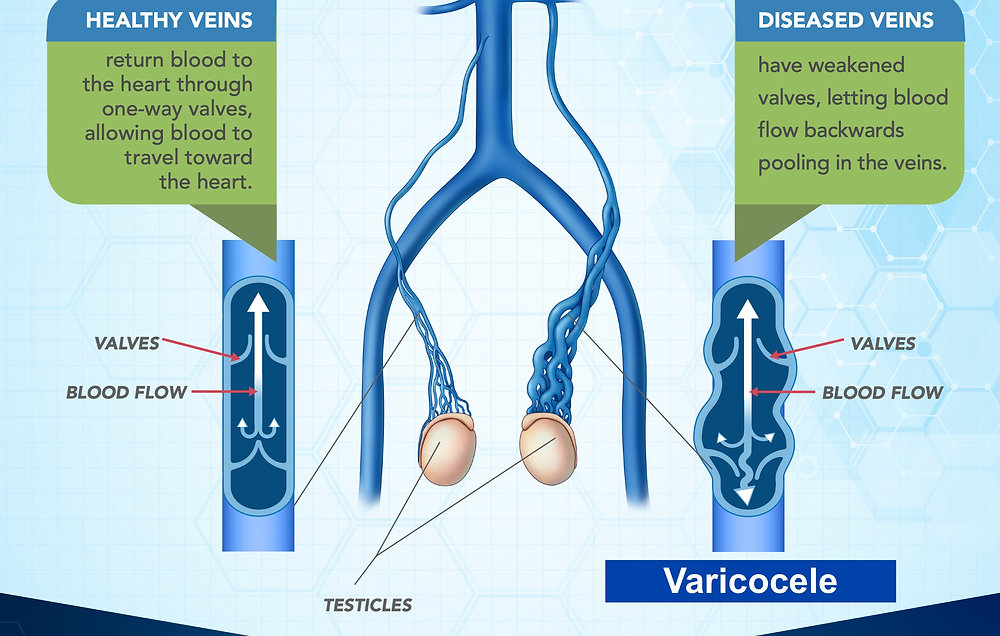Radiofrequency, Microwave and Laser treatments have been applied successfully all around the world
Varicose veins are enlarged, twisted veins. Varicose veins can happen anywhere in the body, but are more common in the legs. Varicose veins are not considered a serious medical condition. But, they can be uncomfortable and can lead to more serious problems.
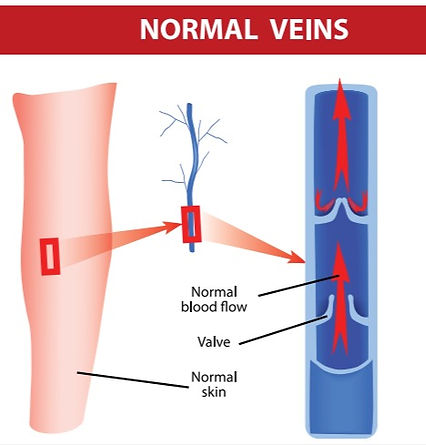
What causes Varicose Veins?

Among other things, veins are responsible for bringing blood back to the heart, sometimes working against gravity.
When you walk, muscles in your leg squeeze the veins and help blood flow back into the heart.
In normal veins, a series of valves assist this process. With varicose veins and with a related condition called chronic venous insufficiency, poorly functioning valves allow the blood to pool in the lower leg and cause symptoms.
Who is at risk for varicose veins?
- Overweight or obesity
- Older age
- Female
- Being inactive
- Leg injury
- Pregnancy
- Smoking
- Taking oral contraceptive pills or hormone replacement
What are the symptoms of varicose veins?
The following are the most common symptoms of varicose veins. They may vary from individual to individual ranging between..
- Color changes in the skin
- Sores on the legs
- Rash
- Sensations in the legs, such as a heavy feeling, burning, and/or aching
Severe varicose veins may eventually produce long-term mild swelling that can result in more serious skin and tissue problems. These include ulcers and nonhealing sores. The symptoms of varicose veins may resemble other medical conditions or problems. Do not delay or neglect any symptoms.
How are varicose veins diagnosed?
Along with a complete medical history and physical exam, other tests may include Duplex ultrasound doppler study. A type of vascular ultrasound done to check blood flow and the structure of the leg veins.
What are the non surgical treatment options for varicose veins?
In the bygone days of conventional therapies, surgical removal of damaged veins was the only option. With the advent of latest thermal and non thermal ablation techniques, varicose veins can be safely, effectively and easily treated without the need of surgery.
Thermal Ablation Techniques
- Endovenous Laser Ablation
- Endovenous Radiofrequency (RF) Ablation
- Endovenous Microwave Ablation

Non thermal Ablation techniques
- VenaSeal – Endovenous Glue Closure – Instant Results.

These treatments require no general anaesthesia, cause no significant pain and can be finished in day-care routine.
What are the complications of varicose veins?
Varicose veins are usually not serious. But, complications may happen. They include:
- Inflammation or swelling of veins (phlebitis)
- Blood clots
Can varicose veins be prevented?
Steps to prevent varicose veins include:
- Keeping a healthy weight
- Exercising regularly
- Putting your feet up while sitting
- Not crossing your legs while sitting
- Not wearing tight clothing

